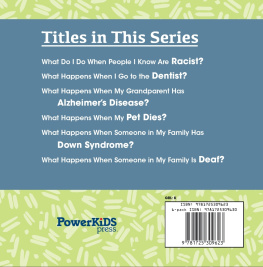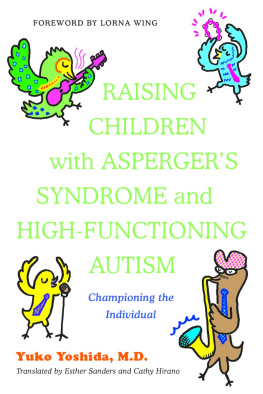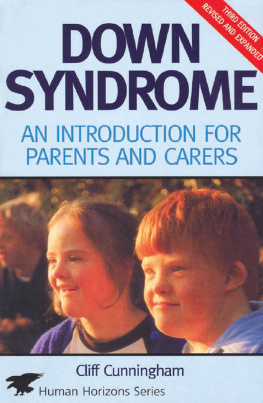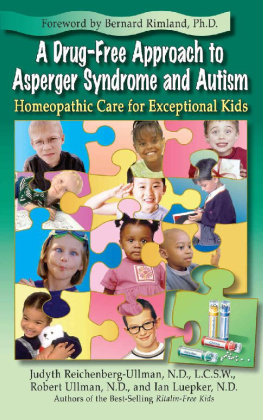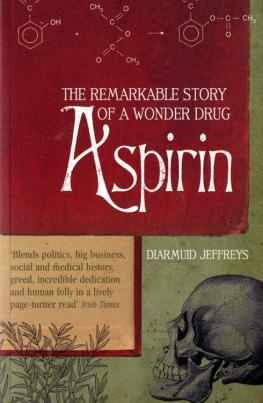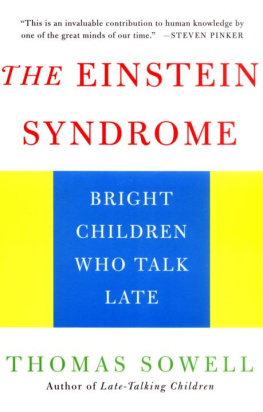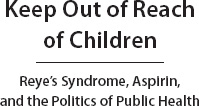Mark A. Largent - Keep Out of Reach of Children: Reyes Syndrome, Aspirin, and the Politics of Public Health
Here you can read online Mark A. Largent - Keep Out of Reach of Children: Reyes Syndrome, Aspirin, and the Politics of Public Health full text of the book (entire story) in english for free. Download pdf and epub, get meaning, cover and reviews about this ebook. year: 2015, publisher: Bellevue Literary Press, genre: Home and family. Description of the work, (preface) as well as reviews are available. Best literature library LitArk.com created for fans of good reading and offers a wide selection of genres:
Romance novel
Science fiction
Adventure
Detective
Science
History
Home and family
Prose
Art
Politics
Computer
Non-fiction
Religion
Business
Children
Humor
Choose a favorite category and find really read worthwhile books. Enjoy immersion in the world of imagination, feel the emotions of the characters or learn something new for yourself, make an fascinating discovery.

- Book:Keep Out of Reach of Children: Reyes Syndrome, Aspirin, and the Politics of Public Health
- Author:
- Publisher:Bellevue Literary Press
- Genre:
- Year:2015
- Rating:4 / 5
- Favourites:Add to favourites
- Your mark:
Keep Out of Reach of Children: Reyes Syndrome, Aspirin, and the Politics of Public Health: summary, description and annotation
We offer to read an annotation, description, summary or preface (depends on what the author of the book "Keep Out of Reach of Children: Reyes Syndrome, Aspirin, and the Politics of Public Health" wrote himself). If you haven't found the necessary information about the book — write in the comments, we will try to find it.
Largents engaging and honest account explores how medical mysteries are shaped by prevailing narratives about venal drug companies, heroic investigators, and Johnny-come-lately politicians. HELEN EPSTEIN, author of The Invisible Cure
Fascinating. . . . Thought-provoking. Booklist
Well-researched. . . . A revealing work. Kirkus Reviews
Reyes syndrome, identified in 1963, was a debilitating, rare condition that typically afflicted healthy children just emerging from the flu or other minor illnesses. It began with vomiting, followed by confusion, coma, and in 50 percent of all cases, death. Survivors were often left with permanent liver or brain damage. Desperate, terrorized parents and doctors pursued dramatic, often ineffectual treatments. For over fifteen years, many inconclusive theories were posited as to its causes. The Centers for Disease Control dispatched its Epidemic Intelligence Service to investigate, culminating in a study that suggested a link to aspirin. Congress held hearings at which parents, researchers, and pharmaceutical executives testified. The result was a warning to parents and doctors to avoid pediatric use of aspirin, leading to the widespread substitution of alternative fever and pain reducers. But before a true cause was definitively established, Reyes syndrome simply vanished.
A harrowing medical mystery, Keep Out of Reach of Children is the first and only book to chart the history of Reyes syndrome and reveal the confluence of scientific and social forces that determined the public health policy response, for better or for ill.
Mark A. Largent, a survivor of Reyes syndrome, is the author of Vaccine: The Debate in Modern America and Breeding Contempt: The History of Coerced Sterilization in the United States. He is a historian of science, Associate Professor in James Madison College at Michigan State University, and Associate Dean in Lyman Briggs College at Michigan State University. He lives in Lansing, Michigan.
Mark A. Largent: author's other books
Who wrote Keep Out of Reach of Children: Reyes Syndrome, Aspirin, and the Politics of Public Health? Find out the surname, the name of the author of the book and a list of all author's works by series.

